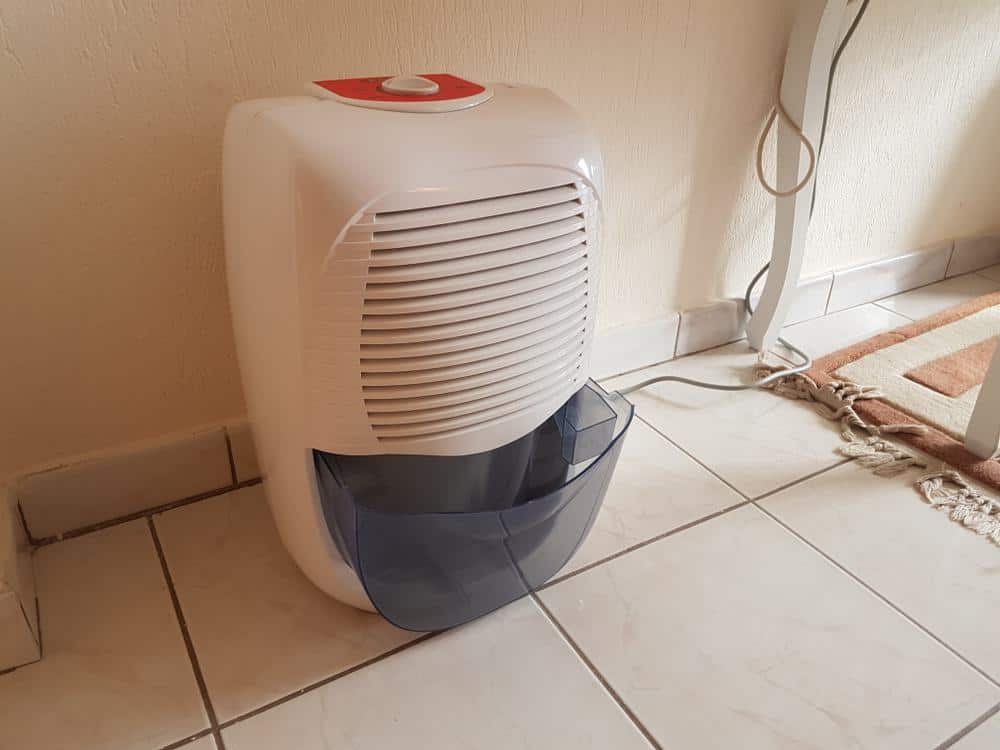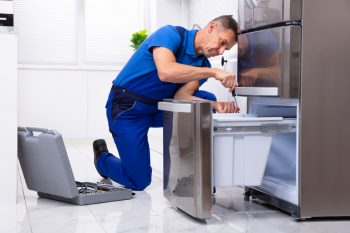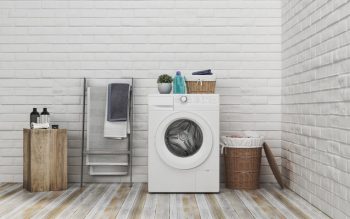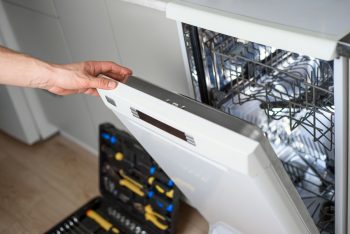
Mold is a common household problem that thrives in damp and humid environments. It can cause structural damage to your home and have negative effects on your health, leading to allergic reactions and respiratory issues. One of the most effective ways to control mold growth is by controlling the humidity in your home. In this article, we delve into the role of a dehumidifier in controlling mold growth, how to use it effectively, and the factors to consider when buying one.
A dehumidifier helps control mold growth by reducing and maintaining the level of humidity in the air. Mold thrives in damp conditions, and when the relative humidity level is above 60%, the risk of mold growth increases. By maintaining the indoor humidity level below 60%, ideally between 30% and 50%, a dehumidifier makes the environment less hospitable to mold. However, it’s important to note that while dehumidifiers can control mold growth, they cannot kill existing mold spores or remove mold.
What is a Dehumidifier and How Does it Work?
A dehumidifier is an air conditioning device that reduces and maintains the level of humidity in the air, usually for health or comfort reasons, or to eliminate musty odors and prevent the growth of mildew. It functions by drawing warm air currents into its coils via a fan. The warm air contracts as it’s fed through the refrigerated coils of the dehumidifier, causing the moisture in the air to condense onto the coils. The condensed water is then collected in a container, which needs to be emptied regularly. The cooled air passes back over the dehumidifier’s warm motor, reheating it before releasing it back into the room. This process helps maintain a relative humidity level of 30-50% in the room, making the environment less hospitable to allergens like dust mites and mold.
The Role of Humidity in Mold Growth
Humidity plays a significant role in the growth of mold in homes. Mold spores thrive in damp conditions and can quickly grow into colonies when exposed to moisture. When the relative humidity level in a home is above 60%, the risk of mold growth increases. In fact, mold can grow in as little as 24 to 48 hours if left unchecked. By maintaining the indoor humidity level below 60%, ideally between 30% and 50%, the growth of mold can be effectively controlled.
The Role of a Dehumidifier in Controlling Mold Growth
A dehumidifier can be an effective tool in preventing mold growth. By reducing the levels of relative humidity in the air, a dehumidifier takes away one of mold’s essential resources, making it harder for mold to thrive. However, it’s important to note that while dehumidifiers can control mold growth, they cannot kill existing mold spores or remove mold. For existing mold problems, a comprehensive approach that includes fixing leaks, improving ventilation, and hiring a mold remediation specialist is necessary.
Using a Dehumidifier Effectively
To get the most out of your dehumidifier, it’s important to use it correctly. This includes choosing the right size dehumidifier for your space, setting the correct humidity level, placing the dehumidifier strategically, maintaining it regularly, and monitoring the humidity levels in your home. In addition, addressing other sources of moisture in your home can help the dehumidifier perform more effectively.
What to Look for When Buying a Dehumidifier
When buying a dehumidifier for mold control, various factors should be considered. These include the size and capacity of the dehumidifier, its energy efficiency, convenience features like a built-in pump and automatic shut-off, noise level, portability, and maintenance requirements. Checking customer reviews and ratings can also provide valuable insights into a dehumidifier’s performance and reliability.
Case Studies Highlighting the Effectiveness of Dehumidifiers
Several case studies highlight the effectiveness of dehumidifiers in controlling mold. For instance, a central dehumidifier installed in a housing facility managed to maintain relative humidity below 60%, effectively controlling mold growth. Another case saw a dehumidifier reduce the total spore count by nearly 92% in one week, returning the indoor environment to safe levels of humidity.
In Conclusion
While dehumidifiers can help control mold growth, they should be used in conjunction with other measures for the most effective results. Remember to maintain your dehumidifier regularly and monitor the humidity levels in your home. If you already have a mold problem, consider hiring a mold remediation specialist to address the issue before introducing a dehumidifier.
Frequently Asked Questions
How often should I empty the water container in a dehumidifier?
The frequency of emptying the water container in a dehumidifier depends on the size of the unit and the humidity level in your home. However, most units need to be emptied once every 24 hours. Some models come with an automatic shut-off feature that turns off the unit when the container is full.
Can I use a dehumidifier in any room of my home?
Yes, you can use a dehumidifier in any room where there is a high level of humidity and potential for mold growth. This includes kitchens, bathrooms, basements, and laundry rooms. Be sure to choose a dehumidifier size appropriate for the space.
Does a dehumidifier use a lot of electricity?
The energy consumption of a dehumidifier depends on its size, the amount of humidity in the air, and how often it runs. Generally, larger units and those running constantly will use more energy. However, many modern dehumidifiers are designed to be energy efficient.
How do I know if the dehumidifier is working?
You can tell if a dehumidifier is working by checking the water container. If it’s collecting water, then the unit is functioning. Additionally, you should notice a decrease in the room’s humidity level over time. Some units also have a built-in hygrometer to measure the humidity level.
What’s the difference between a dehumidifier and an air purifier?
A dehumidifier reduces the level of humidity in the air, making it less hospitable for allergens like mold and dust mites. On the other hand, an air purifier cleans the air by trapping airborne particles like dust, pollen, and pet dander. These are two different devices serving different purposes but can be used together to improve indoor air quality.












